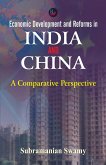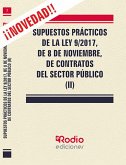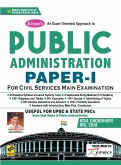As the title of the book itself suggests, public enterprises were good in the early stages of development after independence. But as it gathered steam, it picked several bad practices on the way leading to inefficiency, political interference, nepotism and poor management leading to some becoming unviable and unsustainable. With the liberalisation in 1991, some changed to take on competition and even improved its efficiency but many collapsed as they were good only in monopolistic situation. Some, which were inefficient even in socialistic era deteriorated further. Successive government in post liberalisation era has attempted to improve the functioning but mustered courage to take bold decisions to privatise or close down especially unviable units. This cost the exchequer heavily. Vajpayee government did attempt some strategic sale. There were some good and bad experiences in his efforts. It is only after Prime Minister Narendra Modi came to power in 2014 a serious attempt has been made to carry out long pending reforms of public enterprises. It had taken more than five years for him to work out a clear-cut strategy hive-off all public enterprises in non-strategic areas and limit the number to four PSUs in strategic sectors. This is a refreshing development. Clearer picture will emerge only when details are spelt out.
Hinweis: Dieser Artikel kann nur an eine deutsche Lieferadresse ausgeliefert werden.
Hinweis: Dieser Artikel kann nur an eine deutsche Lieferadresse ausgeliefert werden.








